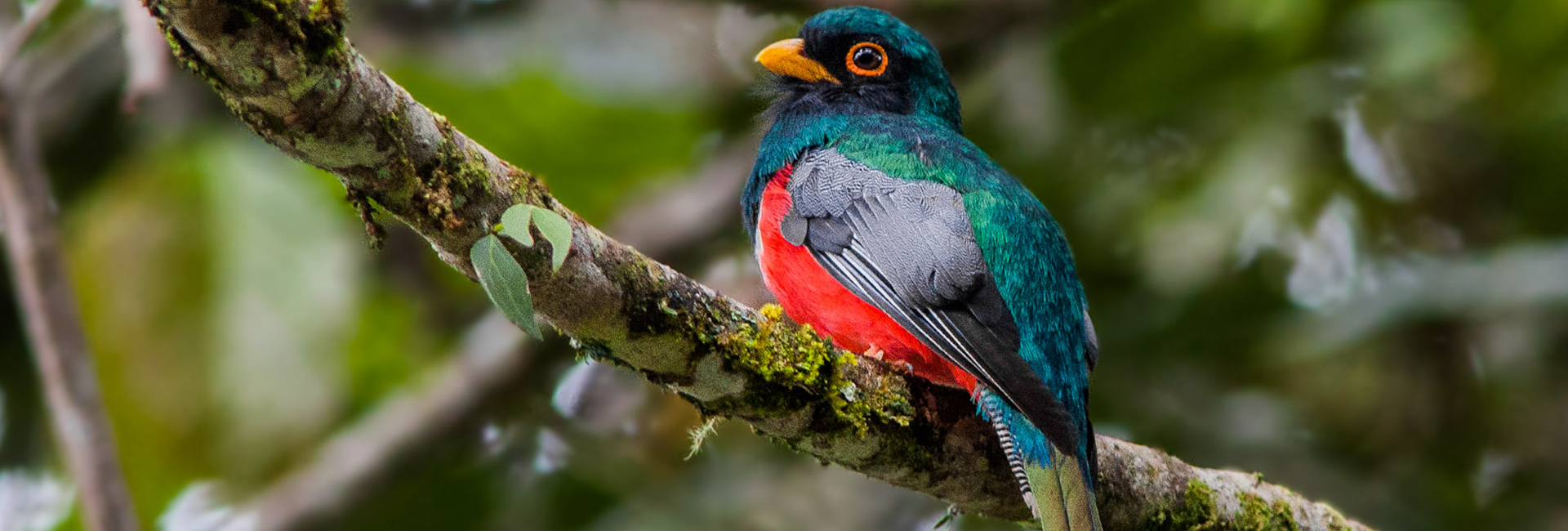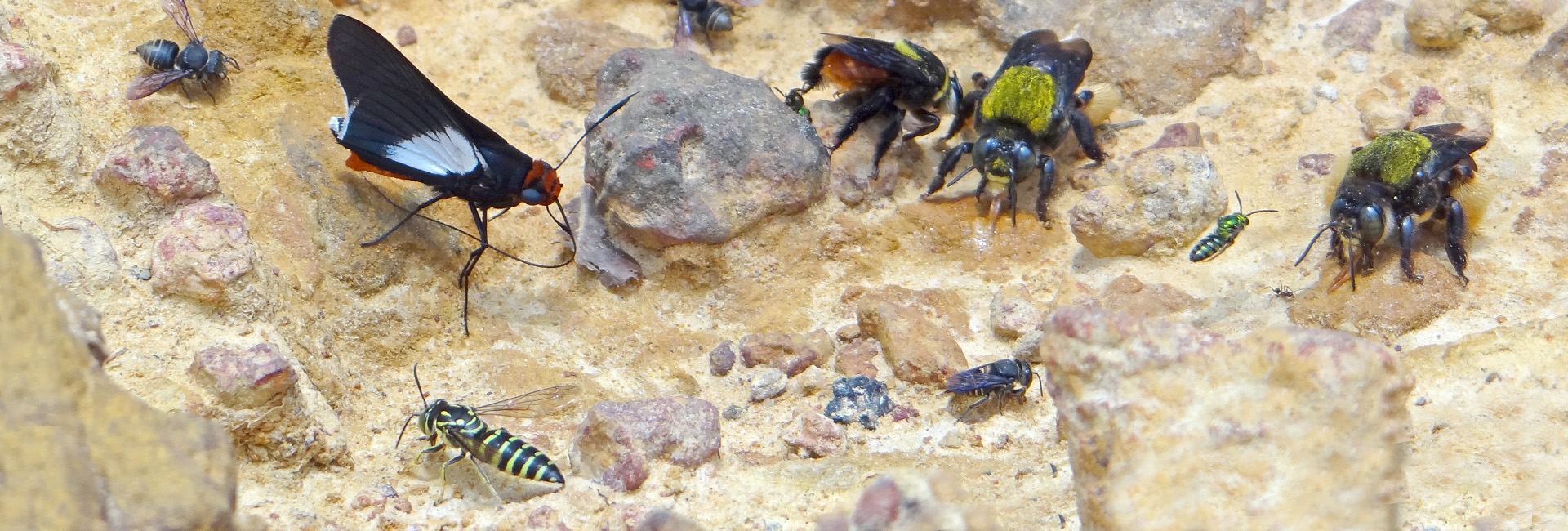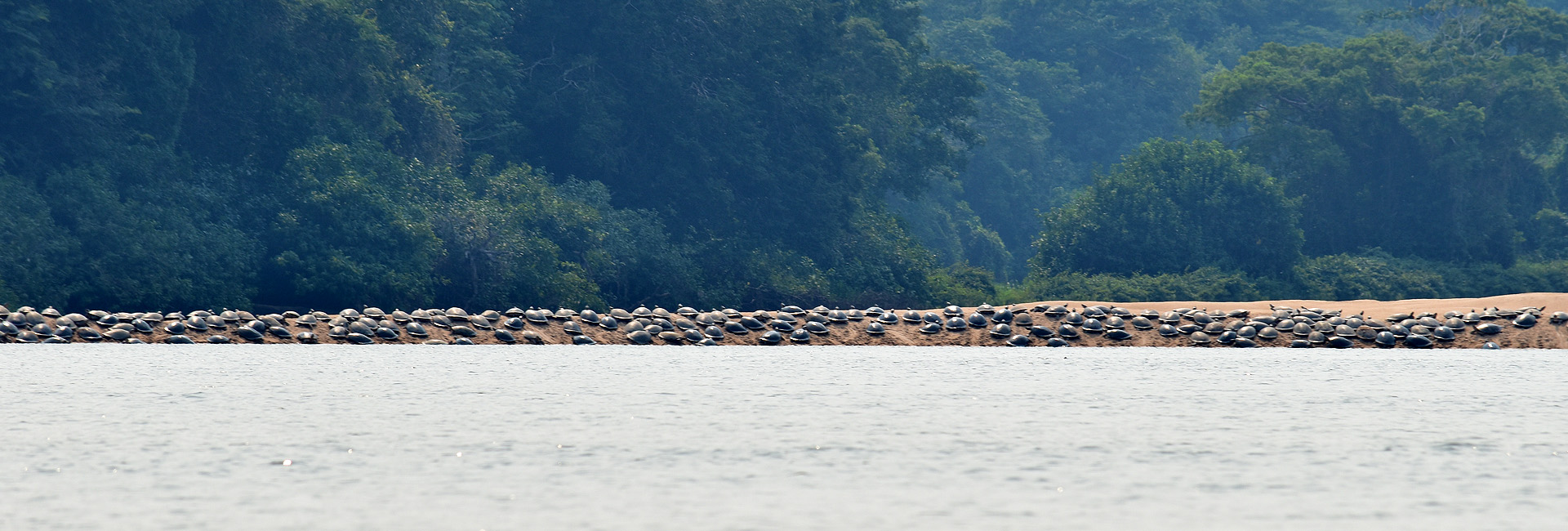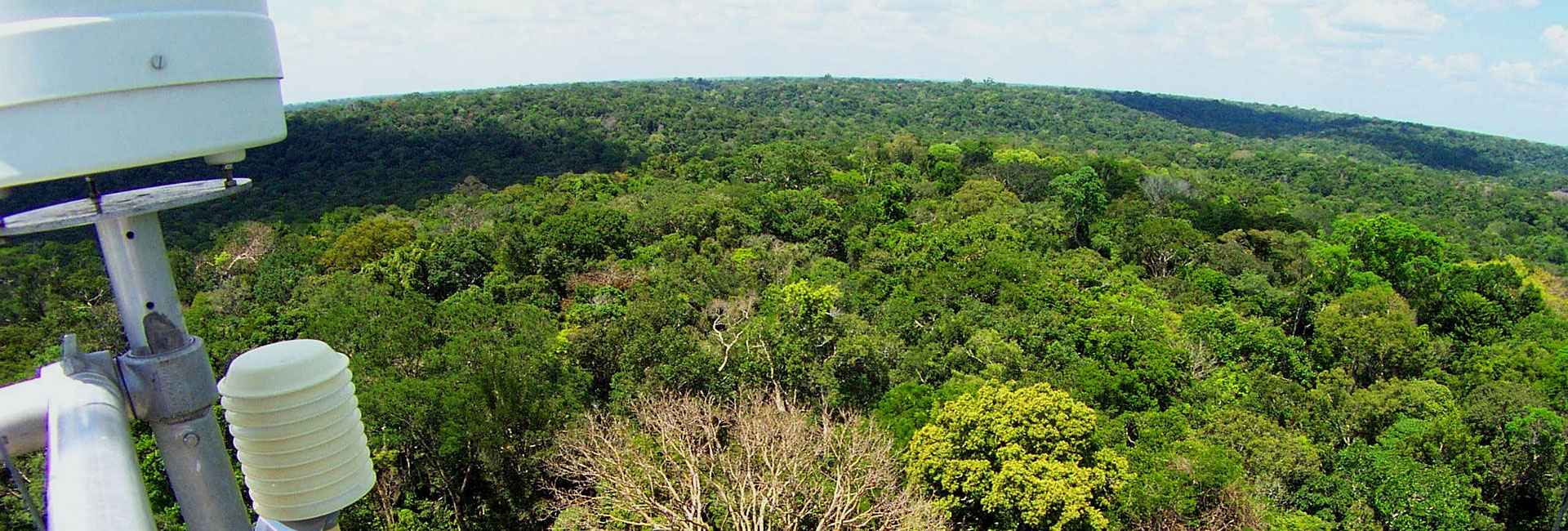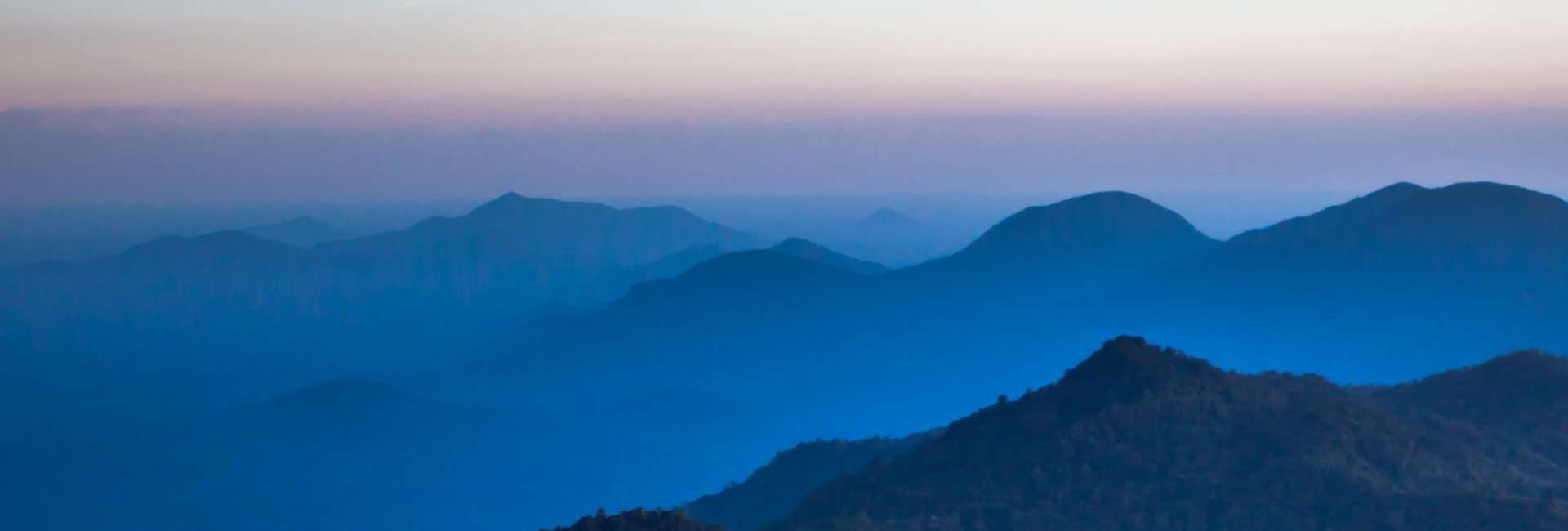Do Amazonian bats have lunar phobia?
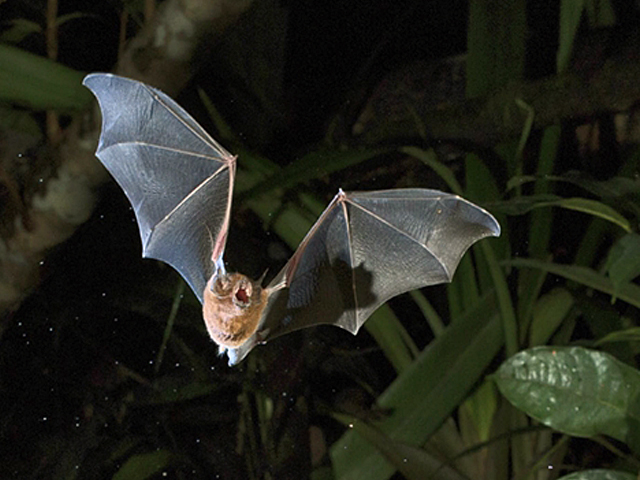 For her master's project in Ecology, Giulliana Appel tested the hypothesis of whether forest-dwelling Amazonian insectivorous bats decrease activity in intense moonlight, as is generally accepted for bats in other regions. Her results were published in Mammalian Biology, and showed that five bat species in central Amazonia behaved differentially in relation to moonlight.
For her master's project in Ecology, Giulliana Appel tested the hypothesis of whether forest-dwelling Amazonian insectivorous bats decrease activity in intense moonlight, as is generally accepted for bats in other regions. Her results were published in Mammalian Biology, and showed that five bat species in central Amazonia behaved differentially in relation to moonlight.
This was the first study to test lunar phobia at different temporal scales in tropical aerial insectivorous bats, and is one of few to use moonlight intensity instead of moon phases as a predictor variable.
The study was conducted at Ducke Reserve, a 10,000-ha terra-firme forest reserve located near the city of Manaus, in the central Amazon region. Automatically recording ultrasound detectors were installed in 10 permanent sampling plots separated by 1 to 6 km, belonging to the RAPELD monitoring system installed by the PPBio Program in the reserve. Bat activity was recorded continuously from sunset to sunrise during 53 nights in the rainy season (January to May) in 2013.
Only search-call pulses with intensity greater than 20 Db over the background noise were considered, and only species with more than 10 bat-passes per night that occurred in at least 10 dark and 10 bright nights. The five selected bat species were identified by comparing their pulse parameters with a reference library of bat ultrasounds recorded in the Biological Dynamics of Forest Fragments Project - BDFFP. Bat activity was quantified as the number of bat-passes per hour in each night and plot. The percentage of lunar luminosity was generated using the Moontool 2.0 software. Bat activity was compared between dark and bright nights (respectively, nights with 0-30% and 70-100% moonlight intensity). The effect of moonlight on bat activity within nights was analyzed in nights that had at least four hours with moonlight and four without moonlight, using completely bright and completely dark nights as controls. Canopy oppenness was used to infer how much moonlight can penetrate into the forest on each plot.
Contrary to the author's expectations, two of the five species, Pteronotus parnellii and Saccopteryx leptura, were more active on moonlit nights, possibly because their diet is predominantly composed by insects that are more active on bright nights. Two other species, Saccopteryx bilineata and Cormura brevirostris, were equally active on bright and dark nights, which may be related to their pronounced microhabitat adaptability. Only one species, Myotis riparius, was much more active on dark nights, possibly because its flight is characterized by slower maneuverability, which increases predation risk in brighter nights.
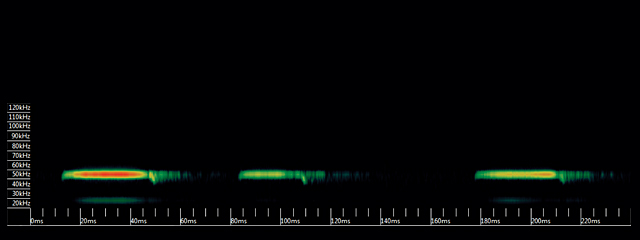 The effect of the moonlight intensity was more evident at the longer, between-night, time scale. Within nights, the activity of most species was higher right after sunset on both bright and dark nights, suggesting that the need to feed at the beginning of the activity period is a strong driver, independently of moonlight intensity. The pattern may also be associated with lower predation risk at the beginning of the night.
The effect of the moonlight intensity was more evident at the longer, between-night, time scale. Within nights, the activity of most species was higher right after sunset on both bright and dark nights, suggesting that the need to feed at the beginning of the activity period is a strong driver, independently of moonlight intensity. The pattern may also be associated with lower predation risk at the beginning of the night.
Bat response to moonlight intensity was species-specific and highly dependent on the temporal scale considered, and is likely conditioned by inherent species traits such as flight speed, body size, flexibility in foraging in different habitats, and predation pressure. Also, the low explanatory power of the regression analysis of bat activity on moonlight data indicates that meteorological conditions such as rainfall, humidity, and temperature also may influence the activity of bats between nights.
The master's project of Giulliana Appel in INPA's graduate program in Ecology was supervised by Paulo Bobrowiec.
The headline image shows an individual of Pteronotus parnellii, photographed at a reserve of the Biological Dynamics of Forest Fragments Project - BDFFP. The other image shows an ultrasound spectrogram of P. parnellii recorded at Ducke Reserve.
More information on the ultrasound patterns of Amazonian bats is available at the virtual library of bat ultrasounds, Morcegoteca.



